In the complex landscape of hydro-cooled Bitcoin mining, the integrity of your electrical infrastructure is the backbone of operational reliability and asset protection.
Precise wiring of miner plugs, circulating pumps, PLC sensors, and safety systems is not merely a technical task; it’s a critical investment in sustained uptime and long-term profitability.
This user manual serves as an indispensable guide for technicians and site managers, providing detailed, step-by-step instructions to ensure every electrical connection in your hydro mining container meets the highest standards of safety, efficiency, and performance.
1.1 Always disconnect the main power supply before working on any component.
1.2 Verify zero voltage with a multimeter.
1.3 Use PPE: gloves, safety glasses, insulated tools.
1.4 Never bypass emergency stop lines.
Component: Circuit Breakers B1N3C16 (Noark), Miner Plug (#X-Y labels)
Reference: Cabinet A pages 5-14, Cabinet B pages 5-14.
Steps:
Note: Over 100 plugs per cabinet. Keep labeling accurate.
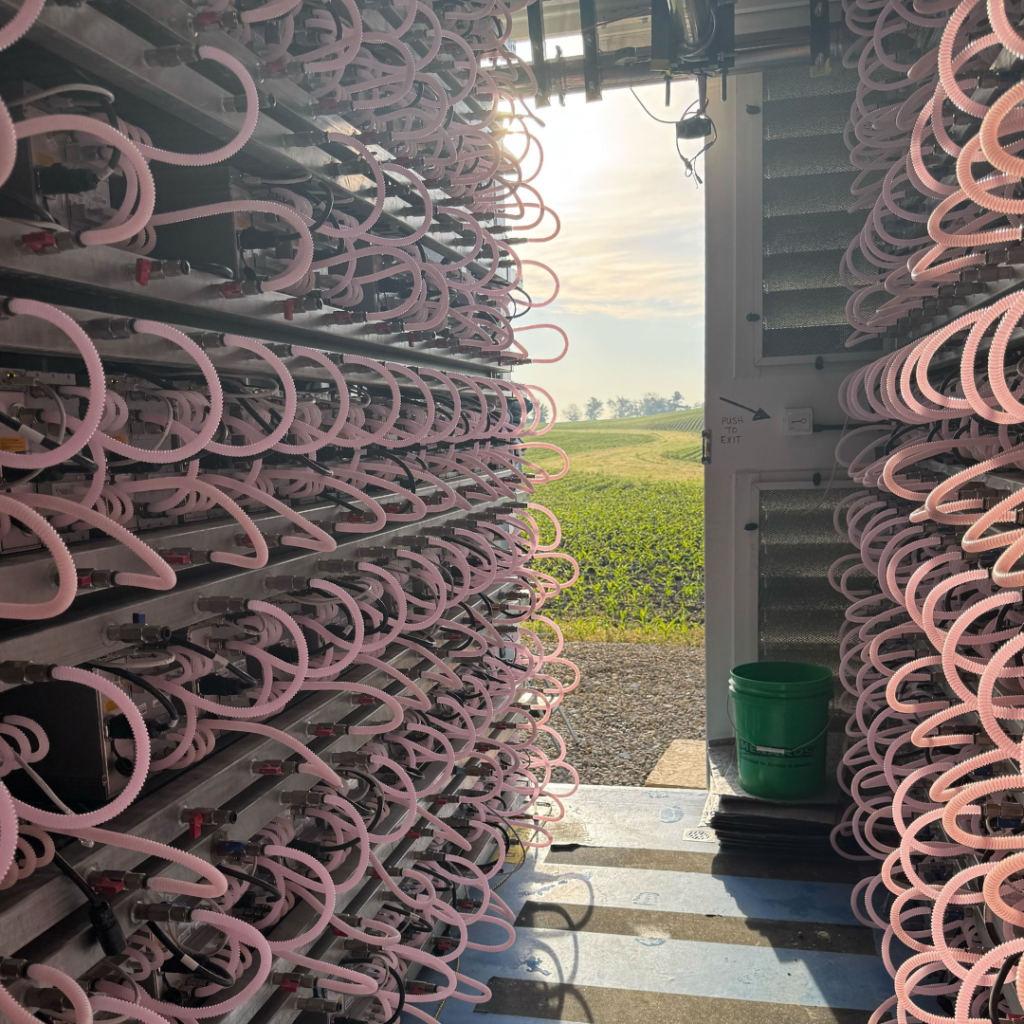
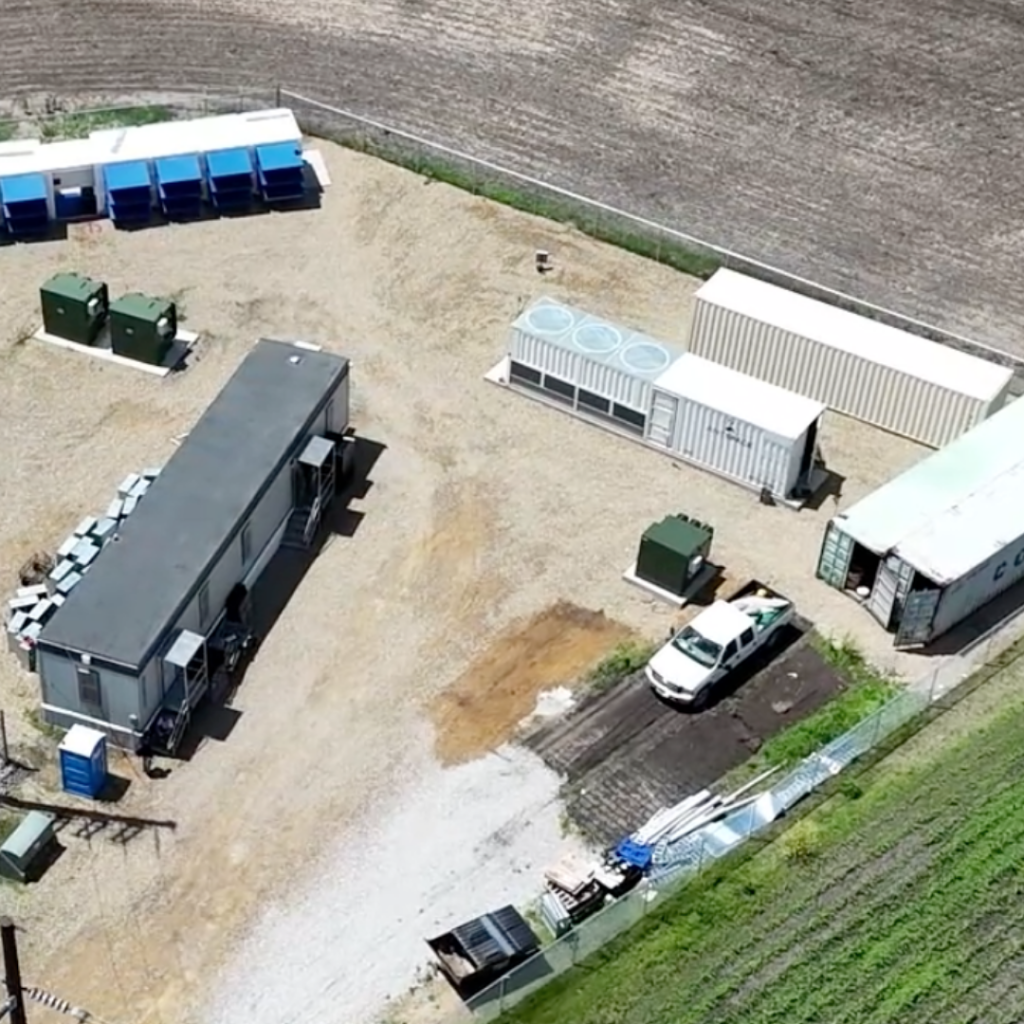
Component: P01 motor, -QFP01 (Overload), -KMP01 (Contactor), -KAP01 (Relay)
Reference: Control Cabinet Page 5 & 7
Steps:
Tip: Use 6AWG wires for power, 15AWG for control signals.
Component: P21 motor, -QFP21, -KMP21, -KAP21
Reference: Control Cabinet Page 5 & 7
Steps:
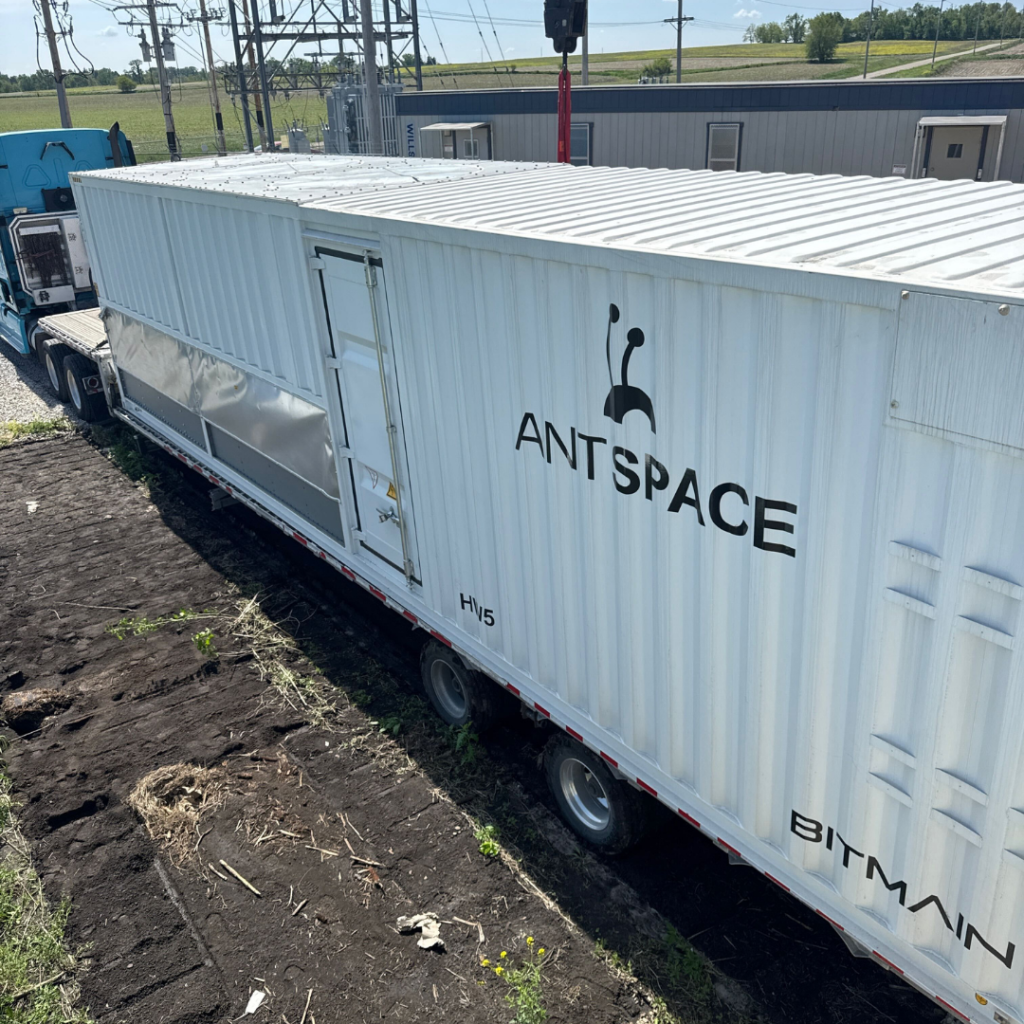
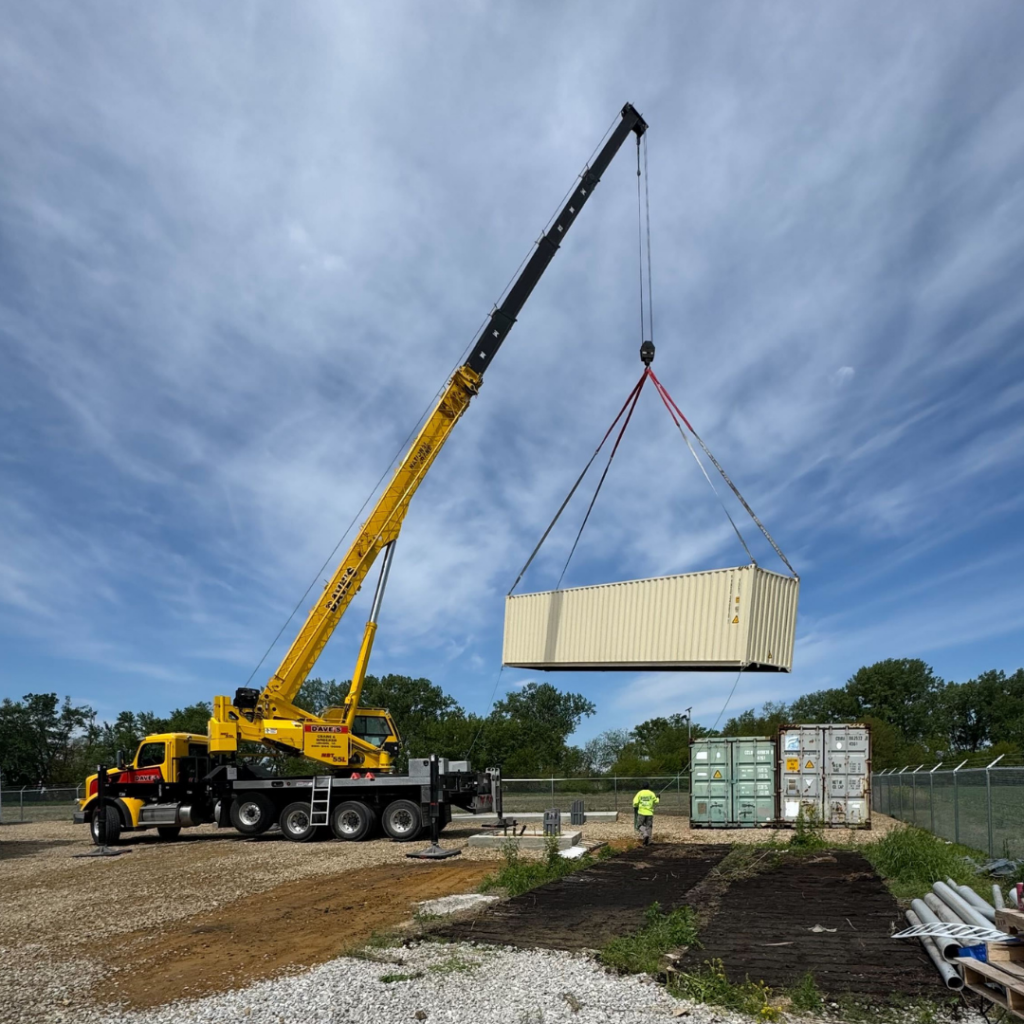
Component: Flow turbine FIT01
Reference: Control Cabinet Page 10
Steps:
Component: RTD Sensors (e.g., TT01, TT02, TT41, TT43, TT45)
Reference: Control Cabinet Page 10
Steps:

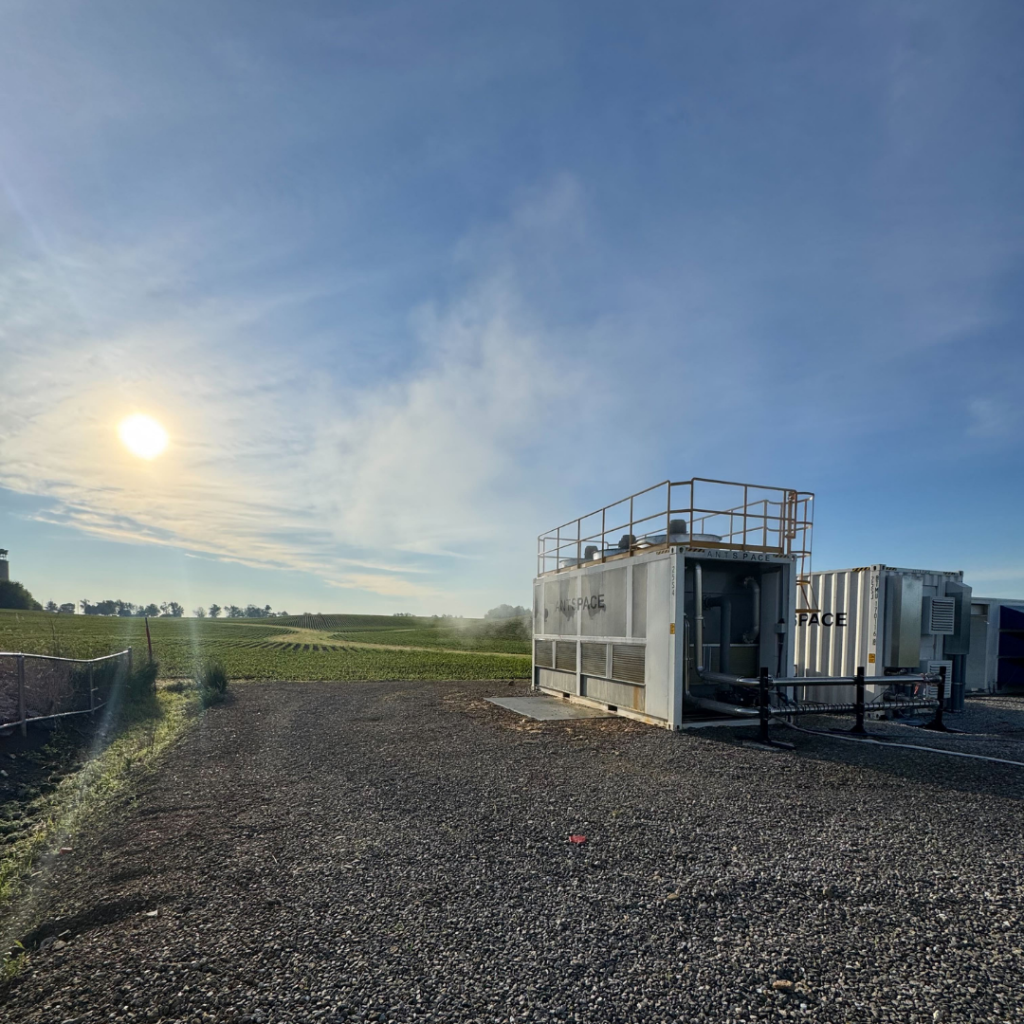
Component: PLC CPU, HMI screen, RS485, Router
Reference: Control Cabinet Page 8-9
Steps:
Component: ESB1, ESB2, ESB3 buttons
Reference: Cabinet A page 3, Cabinet B Page 3, Control Cabinet Page 7
Steps:
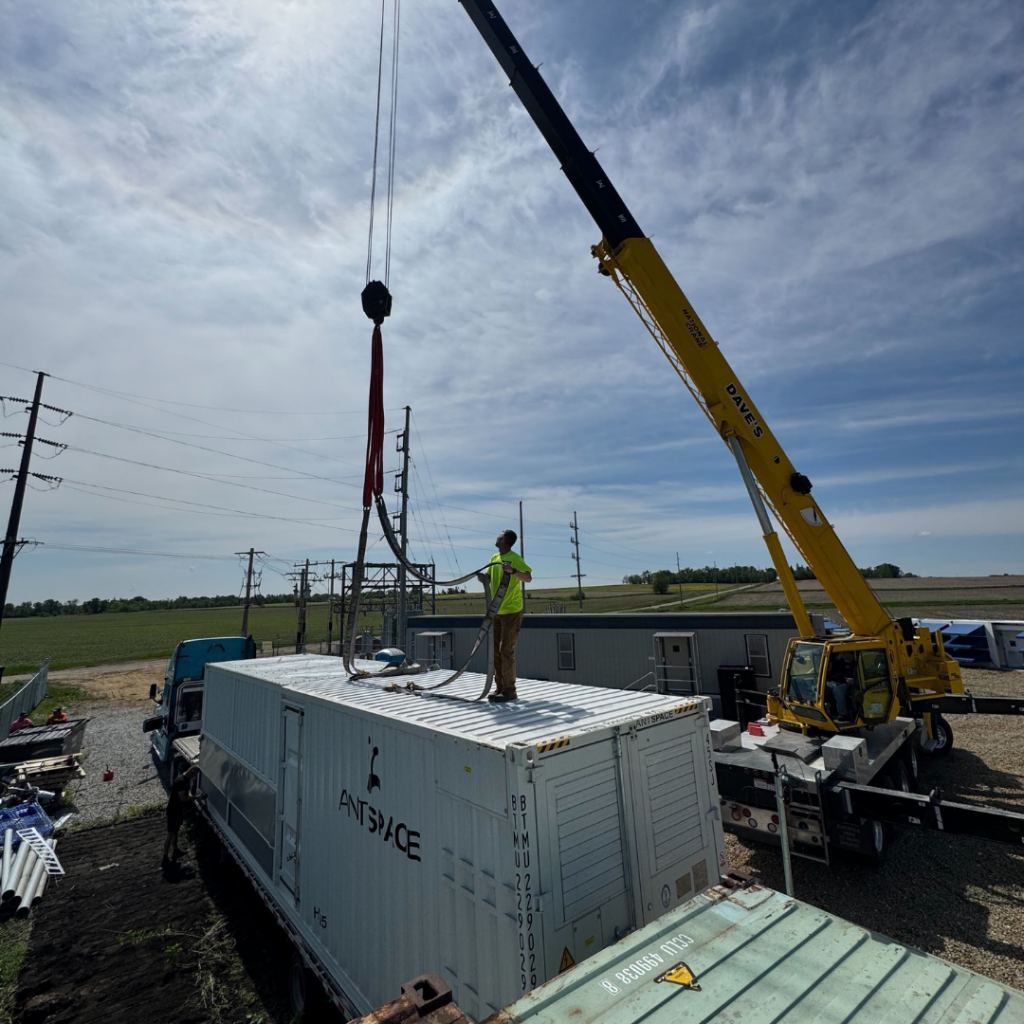

– [ ] All plugs securely terminated (L1, L2, L3, PE)
– [ ] Pumps test-run with contactors
– [ ] PLC inputs/outputs verified
– [ ] Sensors read correct live data
– [ ] Emergency stop tested and functioning
– [ ] Power meters display correct phase voltages and current
Support: Contact your site engineer or project manager if uncertain. Never energize a system with loose or untested connections.
This electrical wiring manual provides comprehensive, actionable insights essential for proficiently setting up and operating a hydro Bitcoin mining facility.
While understanding these intricate details empowers your team, the reality of this rapidly evolving industry dictates that time-to-market and flawless execution are paramount for competitive advantage.
You now grasp the critical steps, but in a race against the clock for optimal ROI, is a manual alone enough?
The most strategic and cost-efficient approach in the long term is to engage an expert team like MiningStore.
We possess the field-proven knowledge and specialized experience to set up your entire hydro mining infrastructure quickly, precisely, and without costly setbacks, ensuring you capitalize on market opportunities with unparalleled speed and reliability.